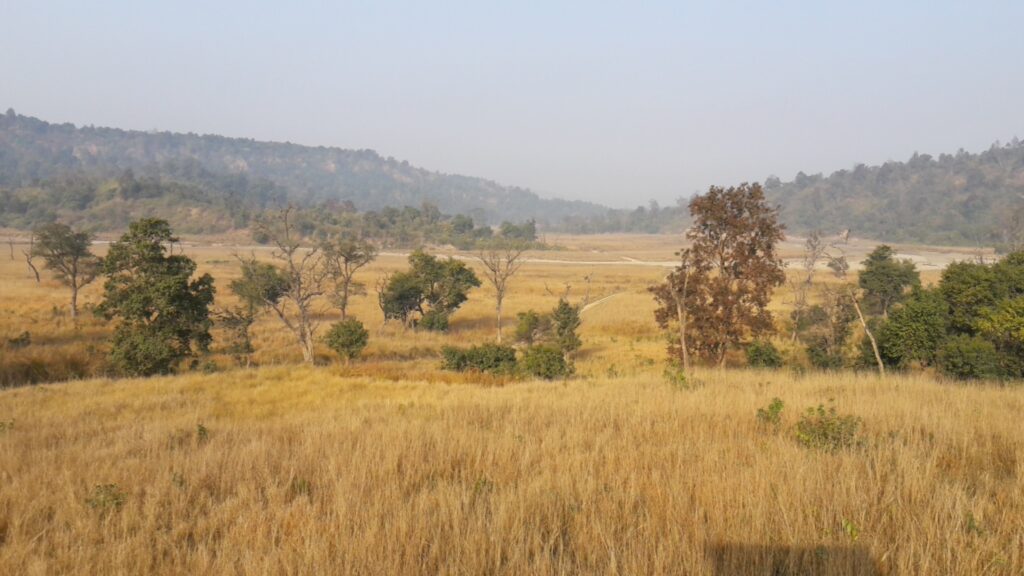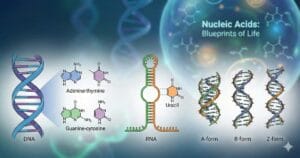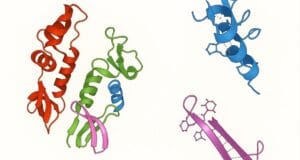
Welcome to the COMPETITIVE EXAM MCQs SERIES of ENVIRONMENTAL SCIENCE for UGC-NET/JRF, SLET, ARS, GATE, and other entrance tests – Environmental Biology – Fundamentals of Ecology.
Syllabus outline
- Basics of structure and function of ecosystem.
- Energy flow, nutrient cycling, and trophic levels.
- Population dynamics, growth models, regulation, and interactions.
- Community structure, species interactions, succession, and biodiversity.
- Ecosystem services, human impacts, and conservation principles.
- Introductory applied ecology (e.g. EIA, sustainable development, conservation biology, and wildlife management)
- Awareness of recent advances in ecology (e.g. molecular ecology, landscape ecology, and ecological modelling).
- Ethics and environmental education.
This quiz contains the concept-based most frequently asked 25 MCQs of “Environmental Biology – Fundamentals of Ecology“. Each question has a single correct/most appropriate answer.
1. What is the primary difference between pioneer species and climax species?
a) Climax species are more resistant to disturbances.
b) Climax species are better competitors for resources.
c) Pioneer species are more adapted to harsh conditions.
d) Pioneer species are larger.
2. Which of the following is an example of a positive feedback loop in ecology?
a) Predator-prey dynamics
b) Melting of polar ice caps
c) Climate regulation by oceans
d) Population regulation by disease
3. In ecological succession, what term describes the initial colonization of a barren area by pioneer species?
a) Primary succession
b) Facilitation
c) R-strategists
d) Climax community
4. What is the primary factor influencing the stratification of aquatic ecosystems, such as lakes?
a) Salinity
b) Light availability
c) Temperature
d) Nutrient concentration
5. In ecological terms, what does the term ecotone refer to?
a) The reproductive strategy of a population
b) The transition zone between two different ecosystems
c) The geographic distribution of a species
d) The energy flow within a food web
6. What is the primary factor influencing the formation of biomes on Earth?
a) Altitude
b) Latitude
c) Soil composition
d) Ocean currents
7. Nutrient flow and energy transfer through various trophic levels can be described as
a) Both cyclic
b) Both linear
c) Linear and cyclic respectively
d) Cyclic and linear respectively
8. What term describes the total mass of living organisms in a given area or ecosystem?
a) Ecological footprint
b) Biomass
c) Primary productivity
d) Biotic potential
9. What term describes the interconnected feeding relationships in an ecosystem?
a) Food web
b) Energy pyramid
c) Food chain
d) Trophic cascade
10. Which ecological concept involves the study of the flow of energy within an ecosystem?
a) Ecological stoichiometry
b) Nutrient cycling
c) Trophic dynamics
d) Succession
11. Which ecological principle states that no two species can occupy the same niche indefinitely in a stable community?
a) Hutchinson’s niche concept
b) Island biogeography theory
c) Gause’s competitive exclusion principle
d) Lotka-Volterra equations
12. What is the primary factor influencing the formation of rain shadows in mountainous regions?
a) Atmospheric pressure
b) Wind direction
c) Altitude
d) Soil composition
13. Which ecological concept refers to the maximum population size that can be sustained indefinitely in the same environment?
a) Carrying capacity
b) K-selection
c) Population density
d) Competitive exclusion
14. In ecological terms, what does the term edge effect refer to?
a) The impact of habitat fragmentation on biodiversity
b) The distribution of species along an ecological gradient
c) The interaction between two adjacent ecosystems
d) The colonization of new habitats by pioneer species
15. Which ecological principle states that the resource utilization of two species with similar requirements cannot coexist in the same community for an extended period?
a) Lotka-Volterra equations
b) Resource partitioning
c) Competitive exclusion principle
d) Ecological stoichiometry
16. Which ecological concept involves studying the long-term changes in the composition and structure of ecosystems?
a) Autecology
b) Ecological stoichiometry
c) Biogeography
d) Succession
17. What is the primary factor influencing an ecosystem’s primary productivity rate?
a) Soil composition
b) Solar radiation
c) Precipitation
d) Temperature
18. What is the primary role of mycorrhizal fungi in plant ecology?
a) Facilitate nutrient uptake by roots
b) Fix nitrogen in the soil
c) Promote allelopathy
d) Parasitize plants for nutrients
19. What is the primary role of keystone species in an ecosystem?
a) Act as invasive species
b) Regulate the population of other species
c) Serve as primary producers
d) Contribute to genetic diversity
20. Assertion (A): The available energy of an ecosystem decreases with the length of the food chain. Reason (R): At each energy transfer in the food chain, a large proportion of potential energy is lost as heat.
a) A is false, but R is true.
b) Both A and R are correct and R is the correct explanation of A.
c) Both A and R are correct and R is not the correct explanation of A.
d) A is true, but R is false.
21. What is the primary factor determining the distribution of biomes across the globe?
a) Precipitation
b) Soil pH
c) Temperature
d) Solar radiation
22. Which ecological concept involves the study of the interactions between living organisms and their physical environment?
a) Synecology
b) Ethology
c) Biogeography
d) Autecology
23. Assertion (A): Primary productivity is generally higher in tropical rainforests compared to deserts. Reasoning (R): Temperature, sunlight, and water availability influence the ecosystem’s primary productivity.
a) Both A and R are true, but R is not the correct explanation for A.
b) A is false, but R is true.
c) Both A and R are true, and R is the correct explanation for A.
d) A is true, but R is false.
24. Assertion (A): The concept of biotic potential represents the maximum reproductive capacity of a population under ideal conditions. Reasoning (R): Biotic potential is influenced by birth rate, death rate, and age at first reproduction.
a) A is true, but R is false.
b) Both A and R are true, but R is not the correct explanation for A.
c) A is false, but R is true.
d) Both A and R are true, and R is the correct explanation for A.
25. Which biome is characterized by low temperatures, permafrost, and a short growing season?
a) Tundra
b) Taiga
c) Temperate forest
d) Grassland
Previous: Principles of Analytical Methods
Next: Origin of life and speciation
References
- Odum, Eugene P., and Barrett, Gary W. (2004) Fundamentals of Ecology, Cengage Learning, 5th edition.
- Singh, R. B., and Sinha, R. K. (2017) Environmental Science: Earth as a Living Planet, Khanna Publishers, 1st edition.
- Sharma, P. D., and Jha, R. (2017) Environmental Biology, Rastogi Publications, 1st edition.

